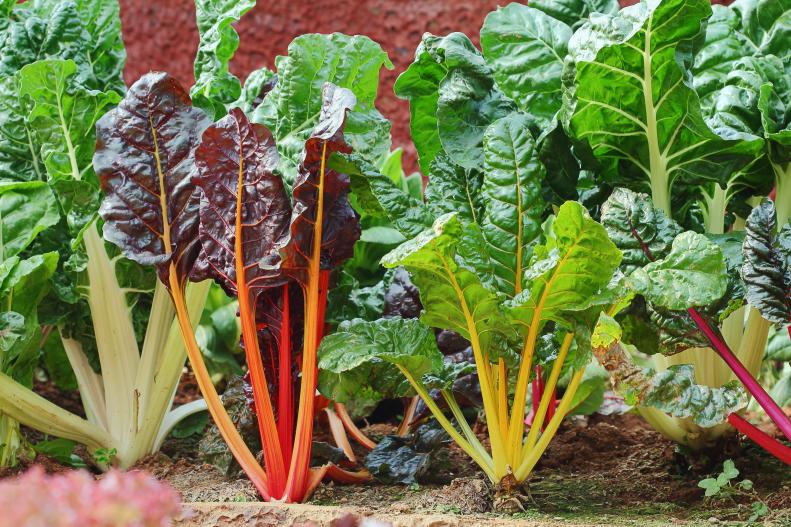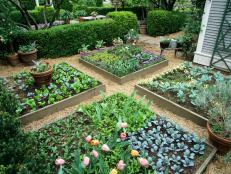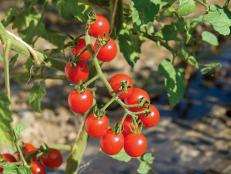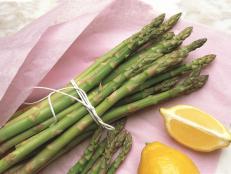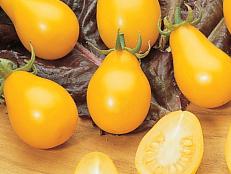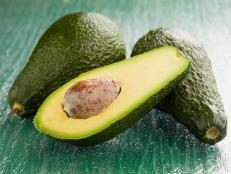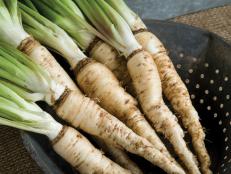1 / 17
Photo: Shutterstock/Kanjanee Chaisin
Swiss Chard
Among vegetables, leafy greens are the most tolerant of shade, including kale, lettuce, spinach, arugula and chard. Related to both beets and spinach, Swiss chard tastes a little like both and is fairly easy to grow. Look for varieties in beautiful shades of red, yellow and pink, and pair this veggie with cool-season blooms like pansies in both beds and containers.






